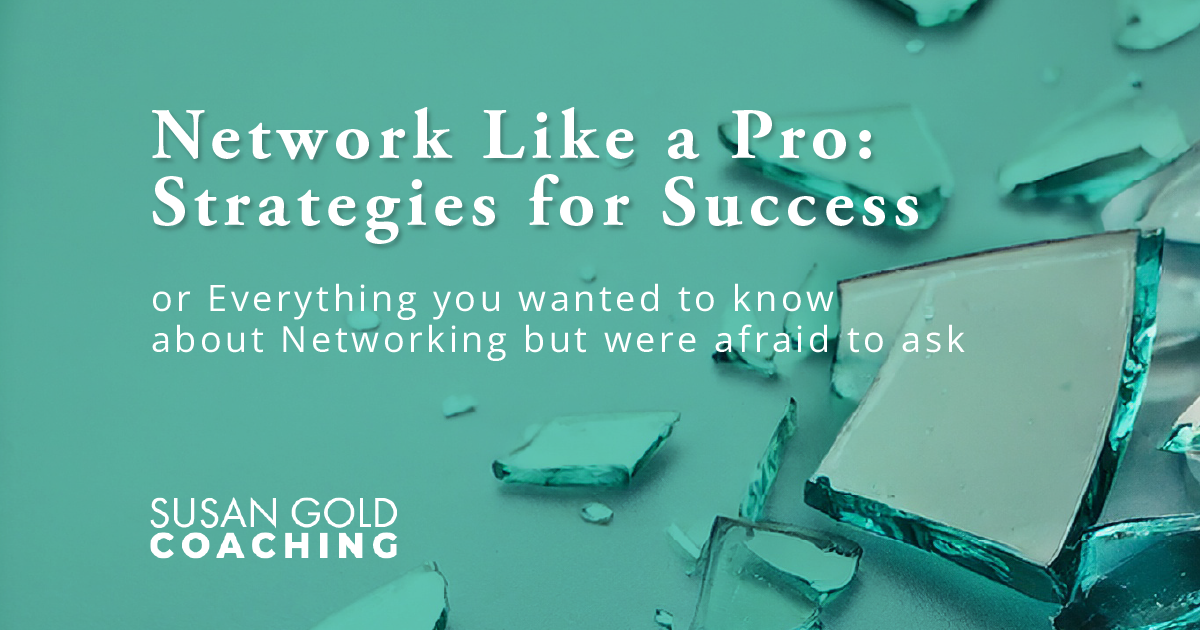The Top 6 Questions to Consider for Sales, Business Development, and Marketing

If you were sitting in a restaurant, it’s unlikely that you would confuse the role of the waiter, the restaurant owner, and the person who designed the menu, logo, and signage as you walked in. But sometimes things aren’t so straightforward when we think about the roles of sales, business development, and marketing – particularly in your own business.
Recognizing Different Roles
In the restaurant example, the waiter would be focused on the diners who have arrived. Consider them leads—they haven’t ordered or paid yet. But by taking orders, recommending appetizers and entrees, and creating a fantastic dining experience, the waiter is creating satisfied diners who pay the bill when it arrives, essentially closing the deal.
Meanwhile, the restaurant owner might be considering expansion opportunities by exploring other locations. She’s just hired a new chef and is looking to build relationships with new suppliers to bring in quality ingredients critical to the restaurant’s brand and the new chef’s recipes. The owner would want to get to know the business owners and staff of the surrounding retail and business establishments to encourage recommendations and cross-promotion.
This is the essence of business development: forming strategic partnerships and alliances to enable business growth in a win-win way.
The marketing of a restaurant is the most visible and tangible example of the sales/marketing/ business development triangle. Creating a brand identity and communicating the unique value proposition and “reputation” of the restaurant to the market focuses on attracting future diners and encouraging return visits from past customers.
Leveraging social media, email marketing, local advertising, and special events to entice new clientele are examples of marketing efforts used to create awareness, interest, and loyalty over time.
The Distinction Between Sales, Business Development, and Marketing
Sometimes, though, these roles get confused. The simplest way to distinguish these three critical, functional areas of a business is:
- Sales serves the immediate customer/client needs and closes deals.
- Business development builds strategic relationships and partnerships to enable growth.
- Marketing sets the stage for future growth by building the brand and generating demand.
Depending on the size of the company, and often the industry, the role of business development can shift closer to sales, prequalifying leads, conducting research, building knowledge of vertical or niche markets, and warming up cold leads.
Separating prospecting activities from closing deals enables different skills and processes to focus the right individuals on the right activities while creating a more efficient sales conversion process.
In smaller organizations, these areas can start to blend together as fewer resources and smaller budgets limit the scope and activities to support all levels of the marketing and sales funnel. Keeping activities focused on the most important, highest-return actions becomes even more critical.
Reviewing your team’s activities every quarter (at minimum) helps remind you, and your teams, that you need to ensure the fundamentals are covered. Shiny Object Syndrome is your greatest enemy!
By asking the following six questions, your company can reset the basics as needed and, over time, build on this foundation for even more efficient growth.
The TOP 6 Questions to Consider
Sales
- Are you conducting enough consultation/discovery meetings to achieve your sales conversion goals?
- Is your current client base profitable and considered a “great fit” for your business?
Business Development
- Do you have strategic partners that understand your business’s value and actively refer your firm or collaborate with you?
- Have you created a specific prospecting list that identifies the exact businesses and decisionmakers you are targeting?
Marketing
- Does your product offering and pricing align with your Ideal Prospect targets?
- Are your desired prospects engaging with your messaging reflecting their pain points and the unique impact and value your business delivers?
The Bottom Line
These are big-picture questions that need thoughtful, fact-driven answers. Ensuring that metrics are in place and aligned is key to providing the input needed to answer them.
Capturing qualitative feedback from prospects during discovery calls also provides messaging and strategic input to realign.
The bottom line: if your firm is not engaging the right prospects, doesn’t have a clear targeted list to engage with proactively, and isn’t closing enough profitable business, the fundamentals need revisiting.
While the specific strategies and tactics will vary by company size and industry, the core principles remain the same: generate awareness and demand through effective marketing, build key relationships through business development, and efficiently convert qualified prospects into satisfied customers through the sales process. Master these fundamentals and your business will be well-positioned for sustainable growth.
Get in touch to find out how we can help you refine your marketing approach, build stronger relationships, and enhance your sales processes.



